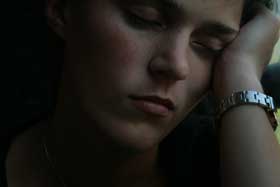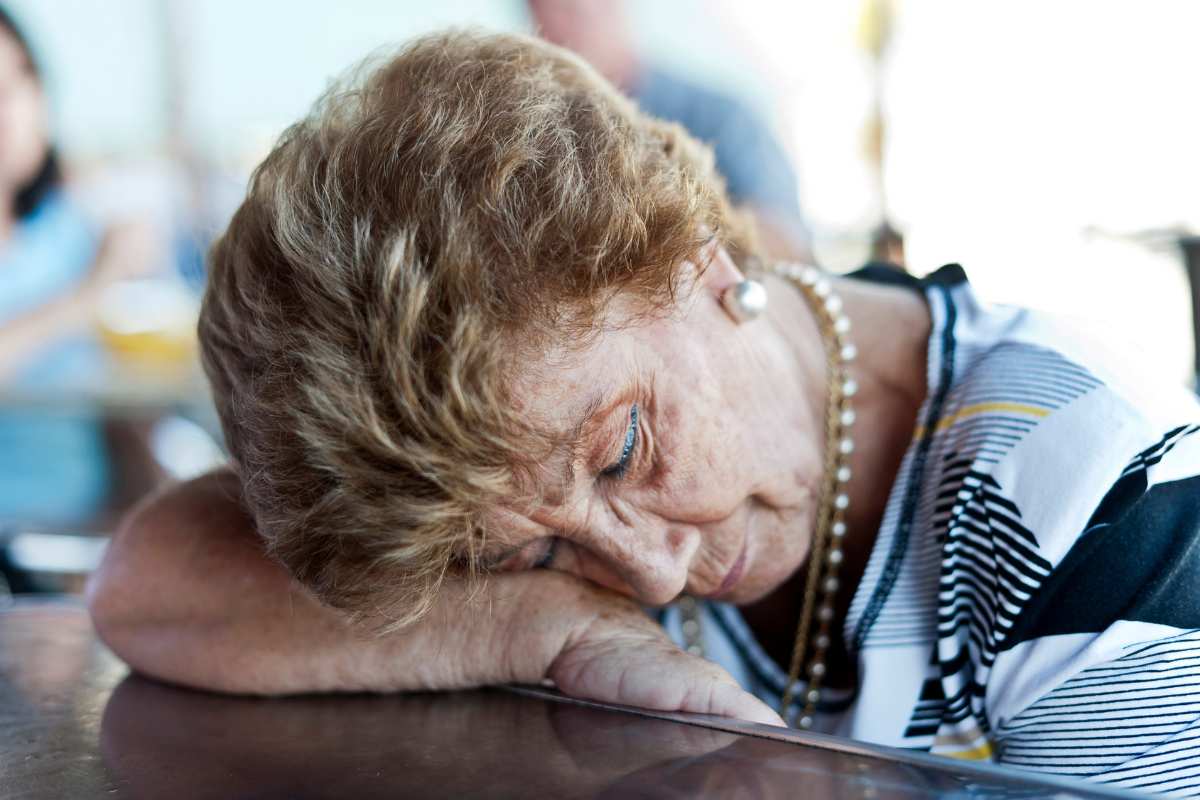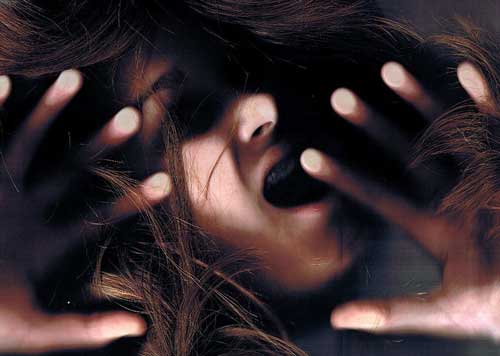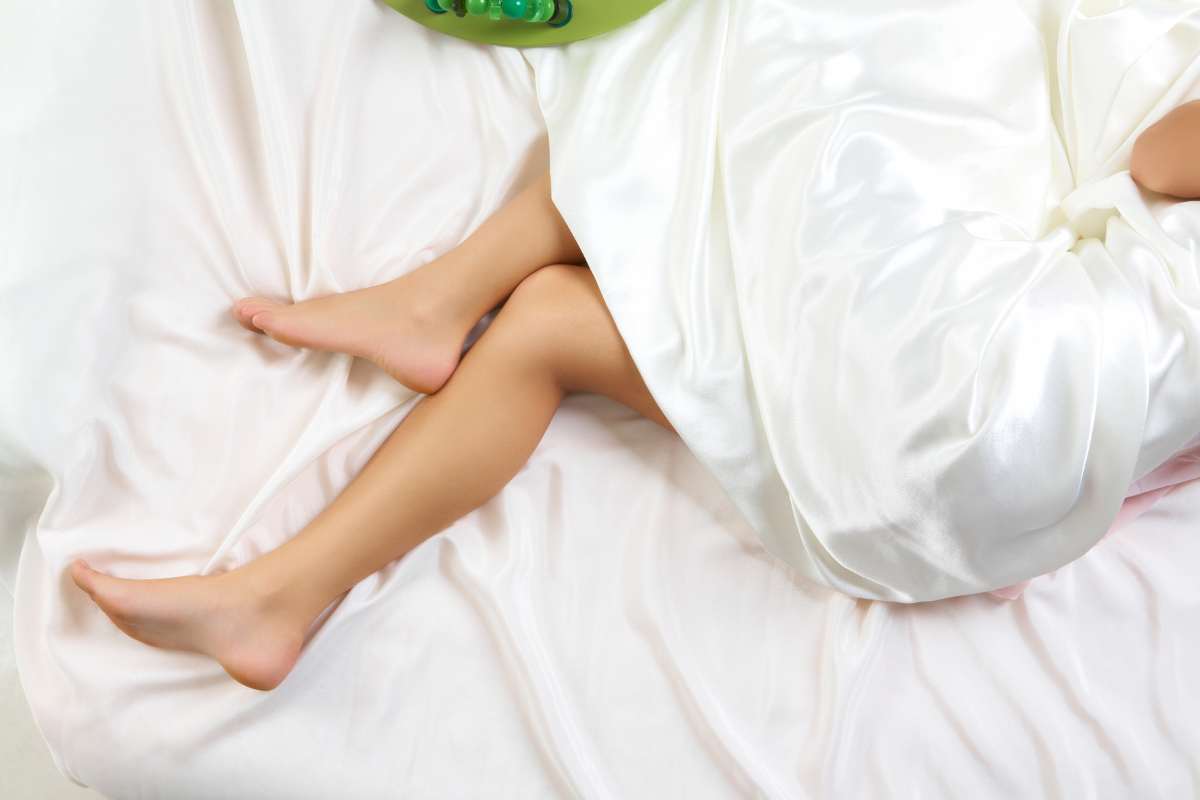Parasomnias are sleep disorders that include unusual behavior or perceptions
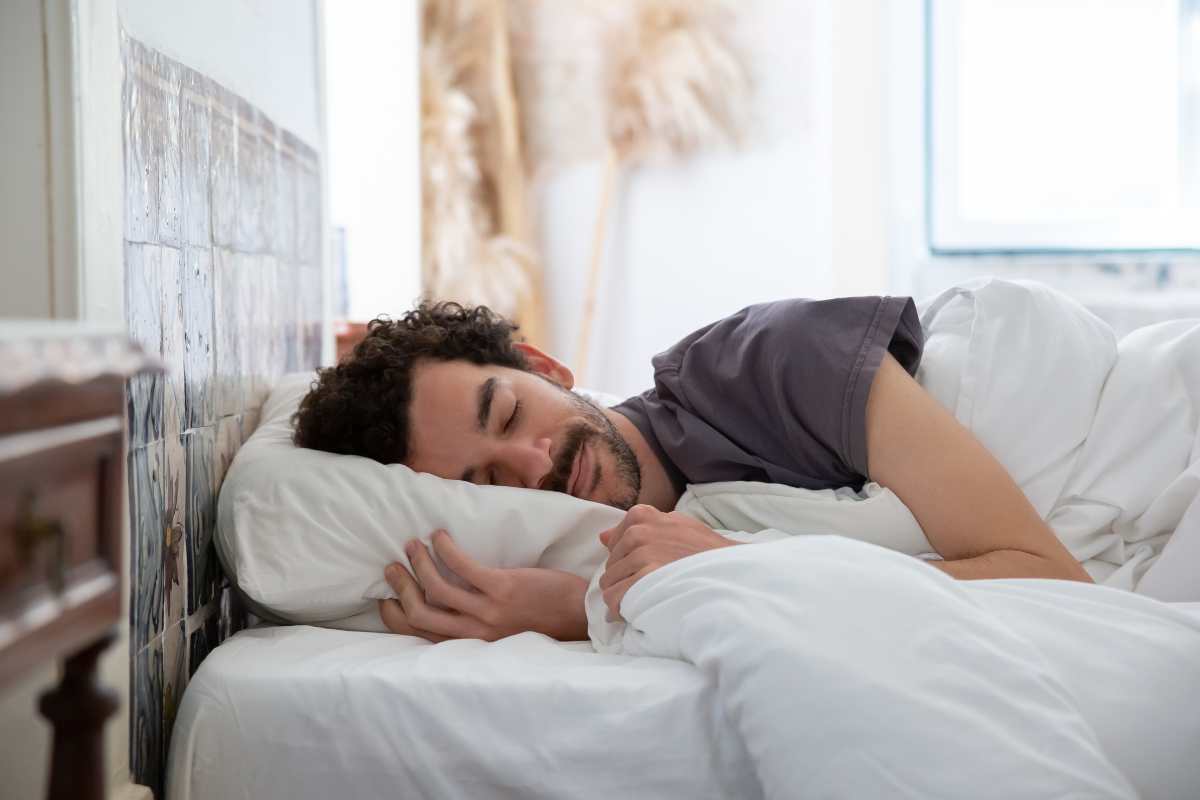
Among other things, they include nightmares, sleep paralysis, night terrors, sleepwalking (sonambulism), sleep talking (somniloquy), sleep sex, bedwetting (enuresis), restless legs syndrome and teeth grinding (bruxism). In order to understand parasomnia, it helps to understand the different stages of sleep.
Scientists divide human sleep into two major categories. Those are NREM or non-rapid eye movement and REM or rapid eye movement. These stages are relatively easy to spot, just by looking at a person’s eyes.
In NREM there is little or no movement of the eye under the lid. In REM, there is rapid eye movement, typically from side to side. It’s almost as if a person is watching what’s going on in their dreams.
In healthy individuals REM accounts for 20-25% of total sleep time. During that period, a person is practically paralyzed, normally. They are unable to act out what’s going on in their dreams, which is a good thing, as they can harm themselves otherwise.
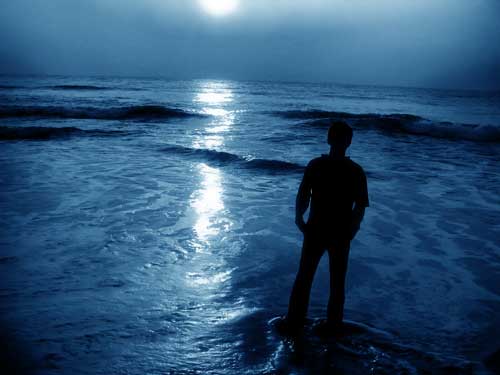
For example, in stage N1 the transition from alpha waves, which the brain emits when fully awake, to theta waves is made. The stage is sometimes accompanied by a sensation of falling or other hallucinations, as well as jerking muscles, those are examples of parasomnias. They may be troublesome, but are not usually disruptive.
About 45-55% of a person’s sleep time is spent in stage N2, but if chronically deprived of N3 and/or REM, a person may suffer from symptoms of sleep deprivation. N3 is also described as “delta” sleep, because of the delta waves emitted by the brain during that stage.
Parasomnias can occur during any stage of sleep
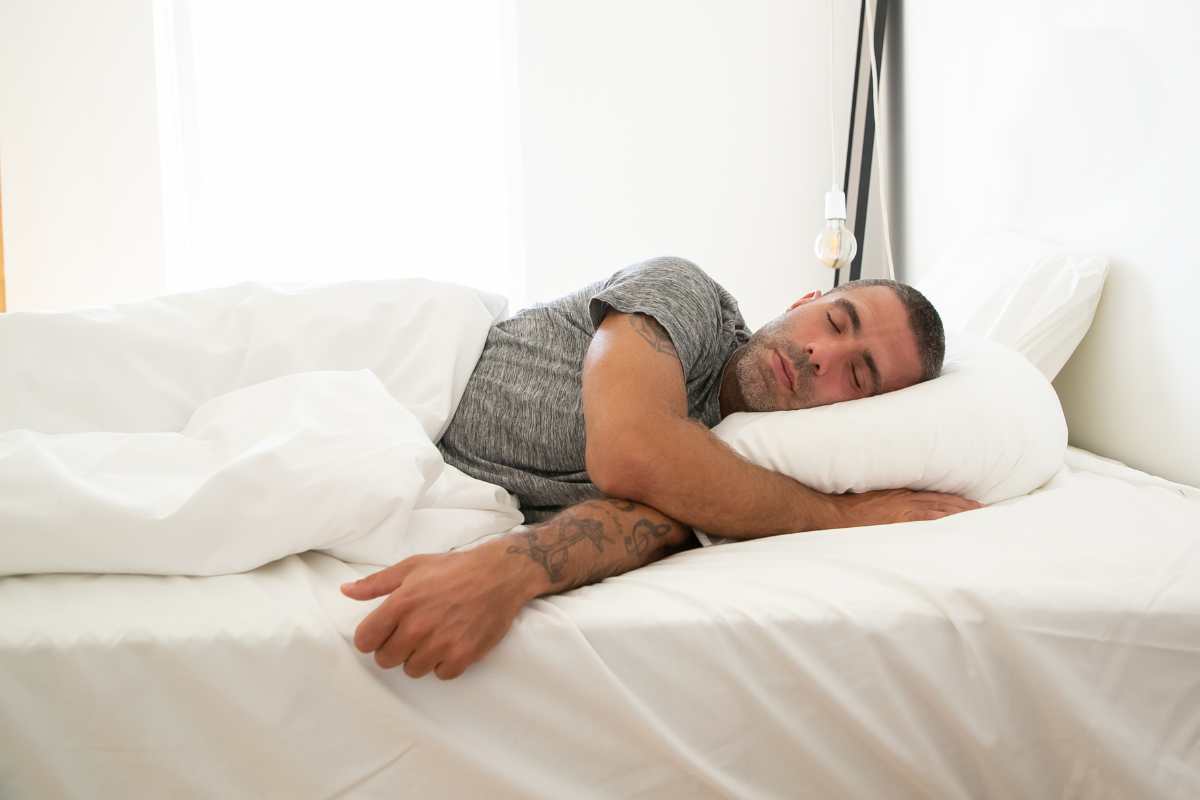
The majority occur during stage N3. Night terrors, bedwetting, sleepwalking and talking, for example, typically occur in the N3 stage.
A specific kind of parasomnia is referred to as REM Sleep Behavior Disorder or RBD. In people that suffer from RBD, the normal muscle paralysis that occurs during REM sleep is absent, which means that people can and do act out their dreams.
The results are more than troublesome. Mild and serious injuries can occur, including bruises and broken bones. People that suffer from the problem must often take self-protective measures, such as tethering themselves to the bed or barricading themselves into their rooms. The tasks that people can perform during RBD are surprising.
There are two types of RBD; acute and chronic
The most common cause of acute RBD is prescription medications. Anti-depressants, for example, can cause RBD.
Chronic RBD, on the other hand, is associated with neurological disorders, such as Parkinson’s disease. People with narcolepsy, a different kind of sleep disorder in which people fall asleep at inappropriate times, often suffer from RBD too.
Treating sleep disorders is difficult. There is reason to believe that nutritional deficiencies and genetics play a role. Sometimes, correcting the nutritional deficiency resolves the problem. For example, restless legs syndrome is often caused by a magnesium deficiency.
Parasomnias can be troubling for the individuals that suffer from them and for their bed partners. The best advice is to attempt to find the cause and adopt an appropriate treatment plan.



